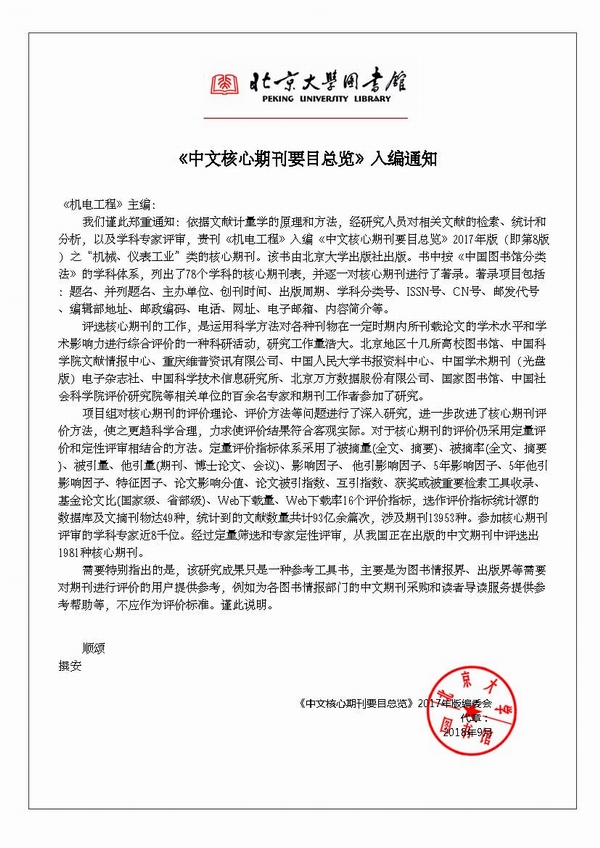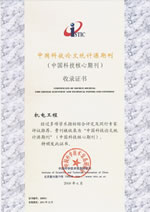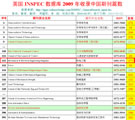
Founded in 1971 >
Chinese Sci-tech Core Periodicals >
British Science Abstracts (SA, INSPEC) Indexed Journals >
United States, Cambridge Scientific Abstract: Technology (CSA: T) Indexed Journals >
United States, Ulrich's Periodicals Directory(UPD)Indexed Journals >
United States, Cambridge Scientific Abstract: Natural Science (CSA: NS) Indexed Journals >
Poland ,Index of Copernicus(IC) Indexed Journals >
International Standard Serial Number:
ISSN 1001-4551
Sponsor:
Zhejiang University;
Zhejiang Machinery and Electrical Group
Edited by:
Editorial of Journal of Mechanical & Electrical Engineering
Chief Editor:
ZHAO Qun
Vice Chief Editor:
TANG ren-zhong,
LUO Xiang-yang
Tel:
86-571-87041360,87239525
Fax:
86-571-87239571
Add:
No.9 Gaoguannong,Daxue Road,Hangzhou,China
P.C:
310009
E-mail:
meem_contribute@163.com
Abstract: High-speed switching valves are widely used in various vehicle braking systems due to their low cost and strong resistance to pollution. Their dynamic performance directly affects the braking effect of the vehicle, and the hydraulic pressure on the valve core is a key parameter determining the dynamic characteristics of the high-speed switching valve. To investigate the effects of different parameters on the hydraulic pressure of high-speed switching valves, as well as the challenge of measuring the hydraulic pressure at the valve core in practical engineering, computational fluid dynamics (CFD) simulations were conducted. Firstly, a three-dimensional simulation model was established based on the finite volume method (FVM), considering different valve openings, pressure differentials, temperatures, and structural parameters (such as seat orifice diameter and cone angle). Then, the simulation results were compared for different mesh quantities to eliminate the influence of mesh quantity on the results. The impact of each parameter on the hydraulic pressure was analyzed in detail, revealing the relationship between hydraulic pressure and the various parameters of high-speed switching valves. Finally, response surface analysis combined with the genetic algorithm was employed to optimize the structural parameters. The research results show that the flow regime in the valve changes as the valve core opening increased. A larger pressure differential causes a significant variation in hydraulic pressure. Low temperature has a more pronounced effect on hydraulic pressure compared with high temperature. Through the optimization of structural parameters, the hydraulic pressure at the minimum opening is increased by 49.2%, improving the control stability of the valve and providing a theoretical foundation for the design of linear control systems for high-speed switching valves.
Key words: hydraulic control valve; valve core hydraulic pressure; numerical characteristics; structural optimization; computational fluid dynamics(CFD); finite volume method(FVM); design of experiment(DOE); response surface analysis








